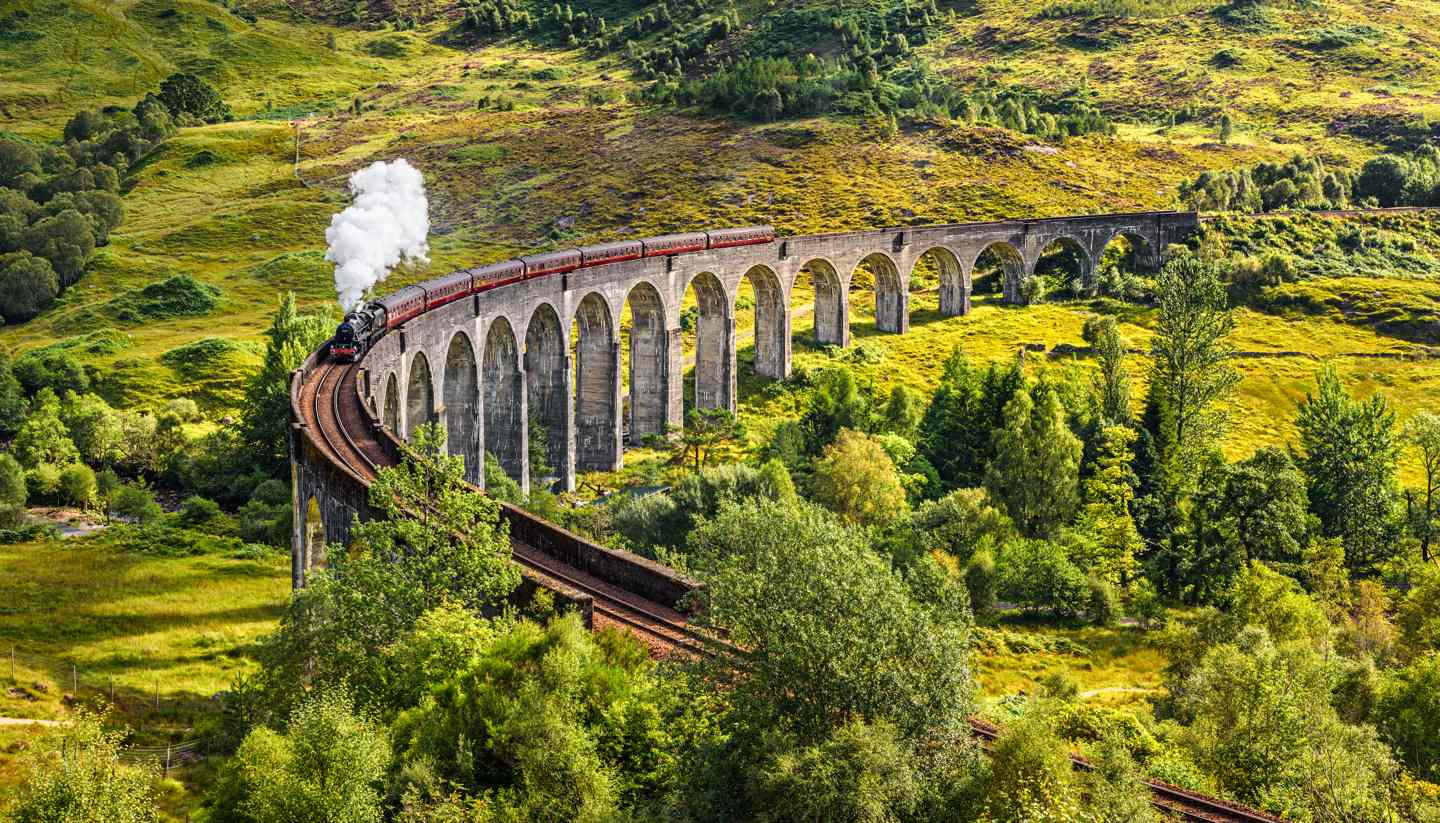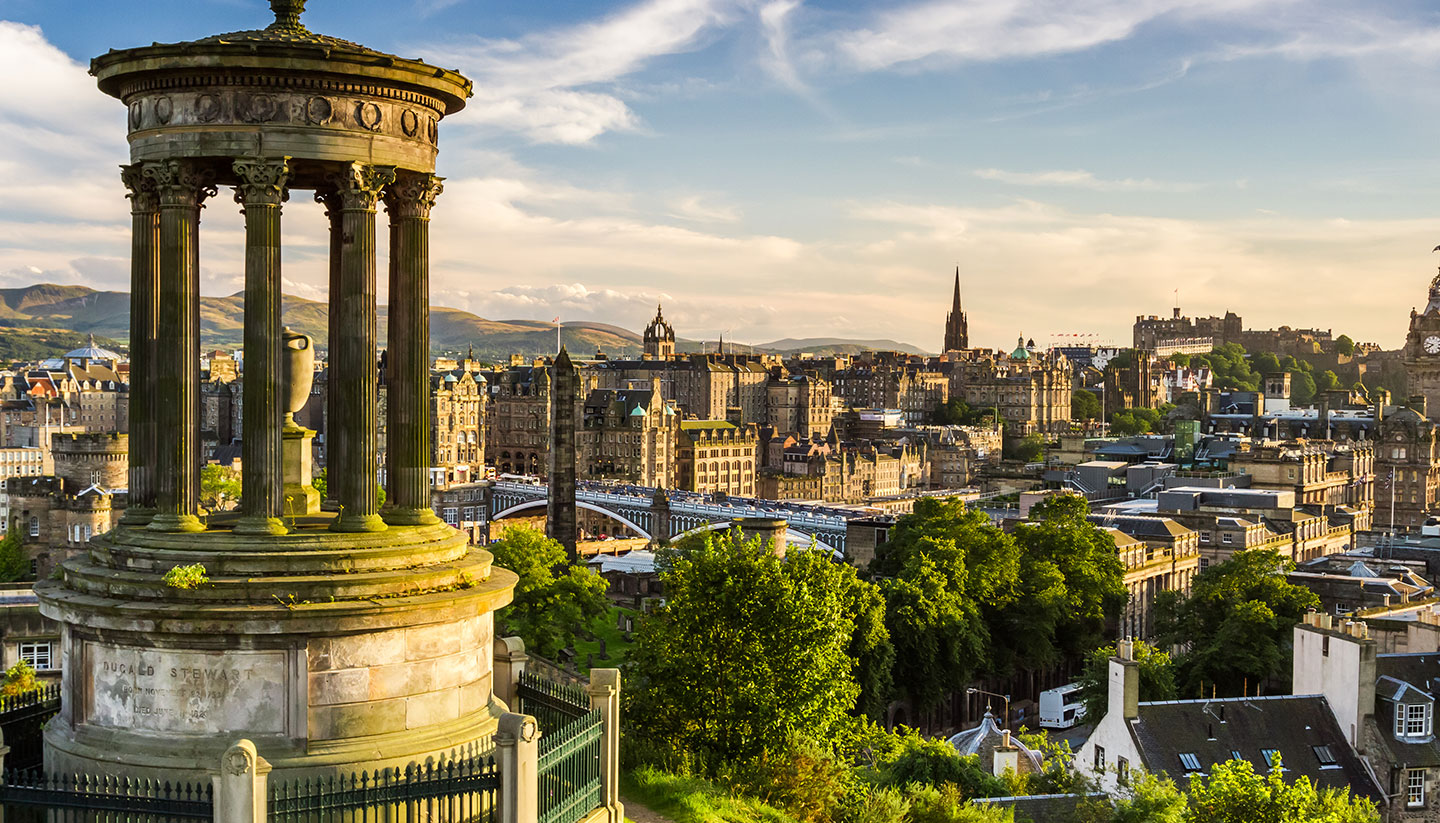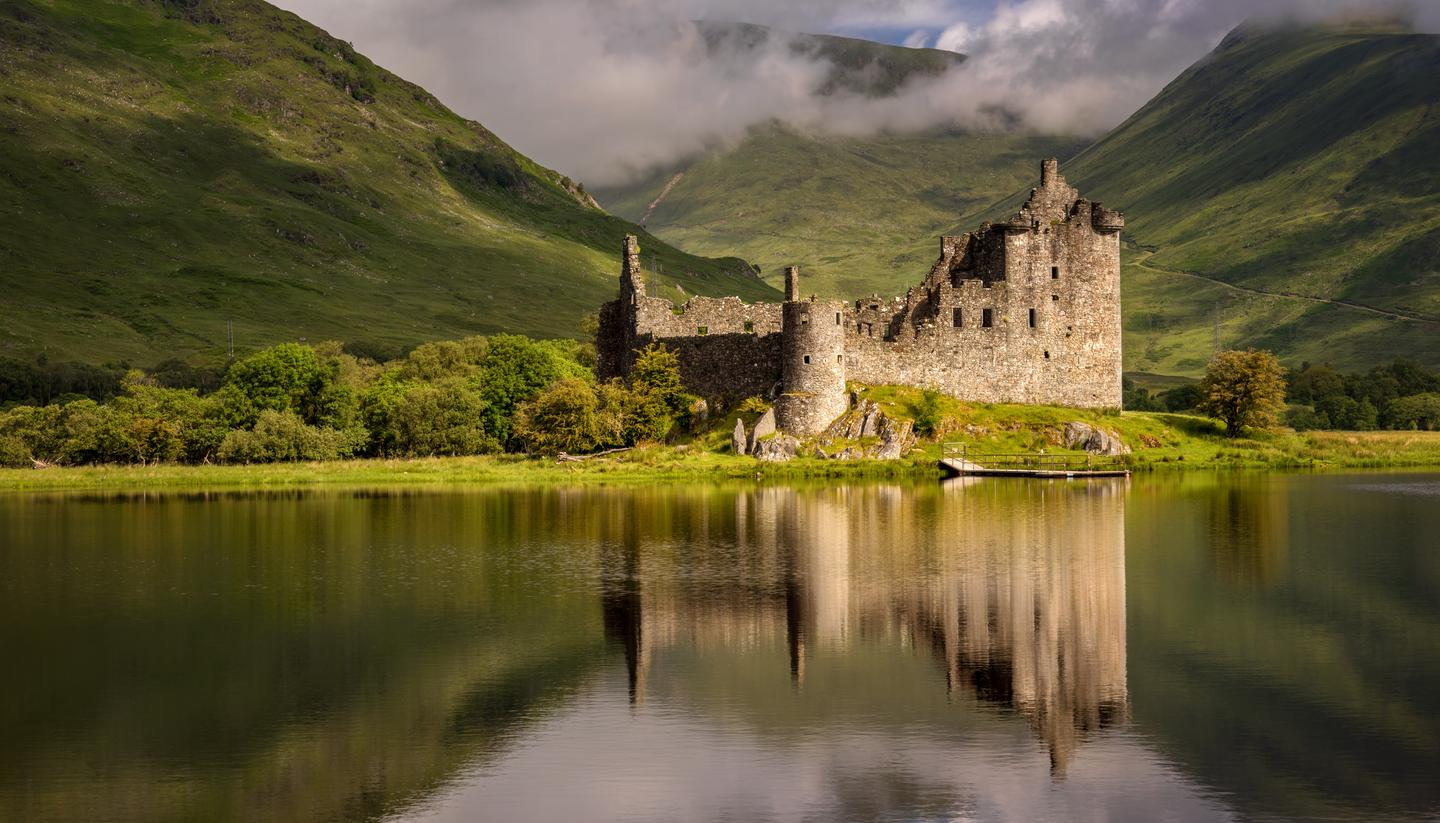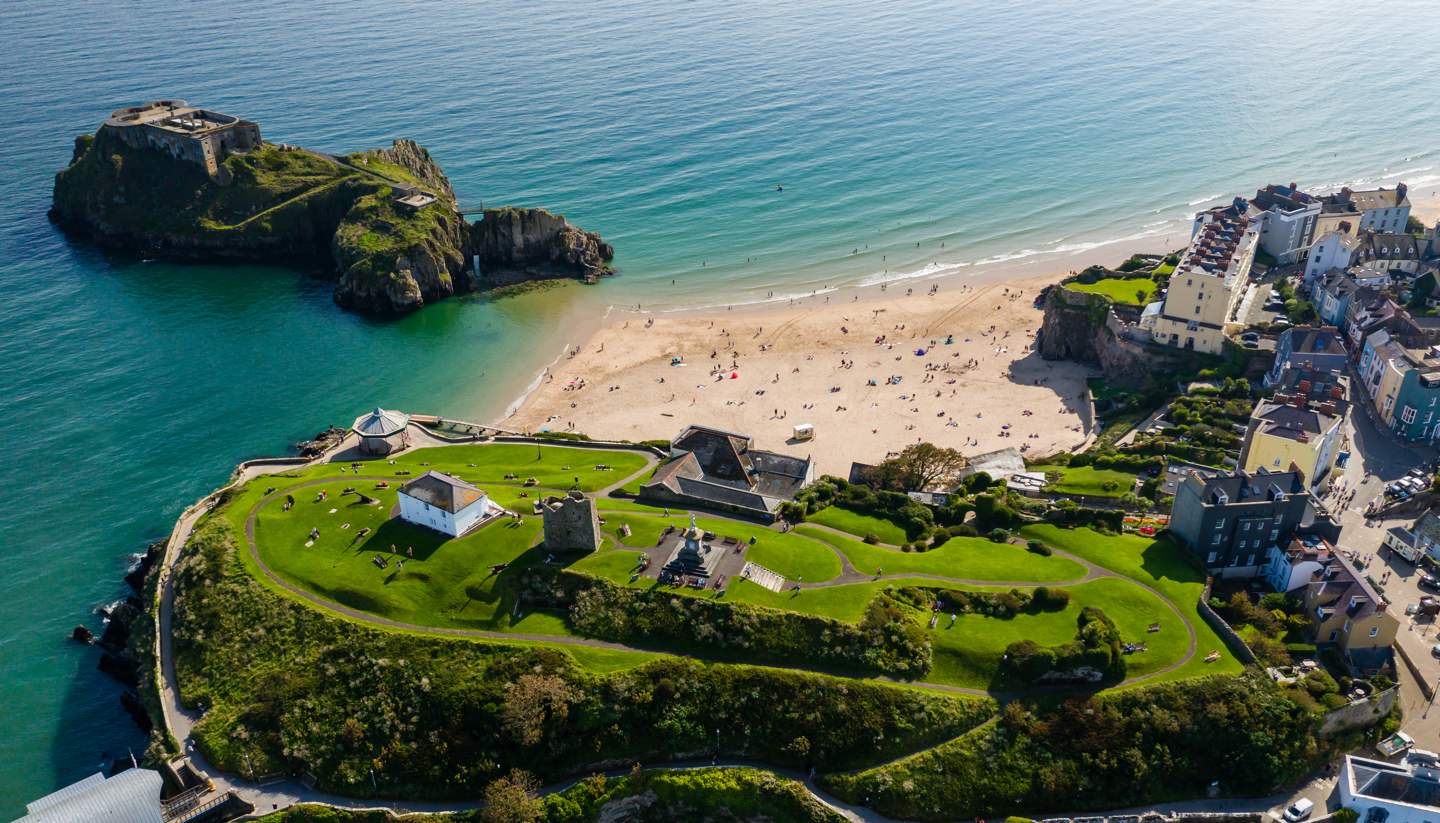Scotland Weather, climate and geography
Weather and climate
Best time to visit
The climate in Scotland is primarily oceanic, meaning it is often cool, rainy, and windy, with temperatures a few degrees lower than the rest of the UK.
Rain is common throughout Scotland, with the west side (including the Highlands) wetter and warmer than the east, due to the warm air from the Gulf Stream. For instance, Glasgow on the west coast has an average rainfall of 1,300mm (51in) a year, whereas Edinburgh on the east coast receives almost half of that, averaging 700mm (28in) a year.
Spring (March to May) is comparatively cold, with Edinburgh seeing an average mean of 11°C (52°F) in May. In Glasgow, temperatures are slightly lower than in Edinburgh.
Summer (June to August) is cool and rainy, with very short, sunny periods occurring from time to time. Summer is widely considered to be the best time to visit Scotland as temperatures are warmer than other times of the year. In Edinburgh, the average mean in July is 15°C (59°F). In August, the moors and slopes of the Highlands are draped in purple Scottish heather and are most beautiful.
Autumn (September to November) sees temperatures dropping rapidly as the season progresses. This period is also windy, especially in mountainous areas. October is best for visitors who want to experience the colours of autumn and the sound of rustling leaves.
Winter (December to January) is cold, with over 100 snowing days in the Highlands, compared to just 15-20 snowing days elsewhere in Scotland. In Edinburgh, the average mean in January is 4°C (39°F).
Required clothing
The weather in Scotland is often cool, wet and windy, and can be unpredictable due to the cold air from the north and warm air from the Gulf Stream. Accordingly, use layers to keep yourself warm, even during the summer months.
Regardless of when you go, waterproof garments are essential.
Geography
Scotland shares a land border with England, and is bounded by the Atlantic Ocean to the west and north, and the North Sea to the east.
The physical features of mainland Scotland can be categorised into three parts: the Northern Highlands, the Central Lowlands and the Southern Uplands. The Northern Highlands are dominated by a series of mountain ranges such as the Grampians, the Cairngorms, and the Cuillins (on the Isle of Skye). Ben Nevis, at 1,344m (4,409ft) and the highest peak in the British Isles, is in the west of the Highlands.
The Central Lowlands, sandwiched between the Highlands and the Southern Uplands, stretches from the Firth of Forth on the east coast to the Firth of Clyde on the west coast. Edinburgh and Glasgow are located on either side of the Central Lowlands.
The sparsely populated Southern Uplands lie just north of the land border with England. Hills, lochs and rivers dominate the landscapes. Wanlockhead, a former lead-mining village sitting at 467m (1,532ft) and said to be the highest village in Scotland, is located here.
Scotland's longest river is the Tay, which runs 193km (120 mi) from Ben Lui to the Firth of Tay (south of Dundee). Tay is important to the populations of salmon and is regarded as one of the finest angling rivers in Scotland.





